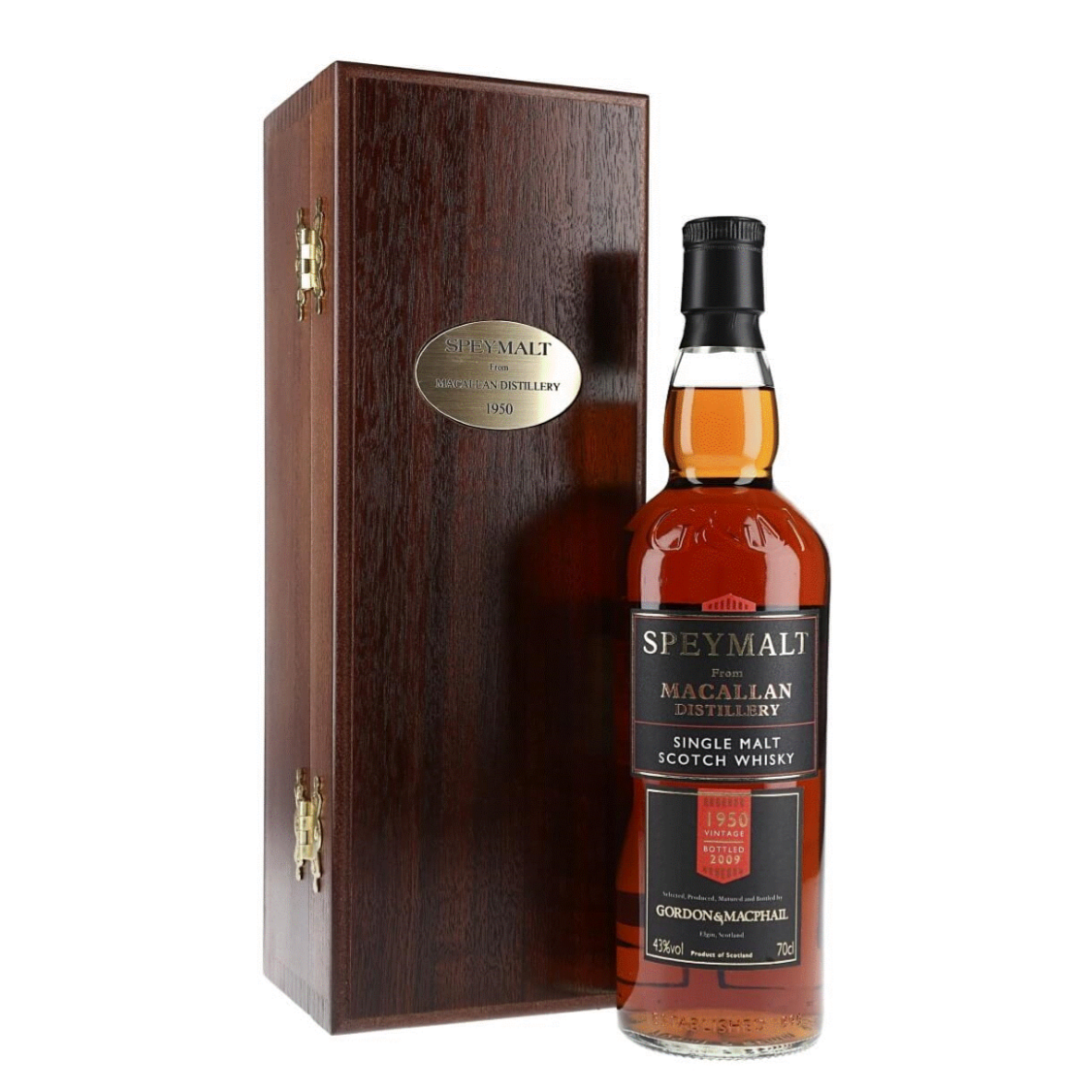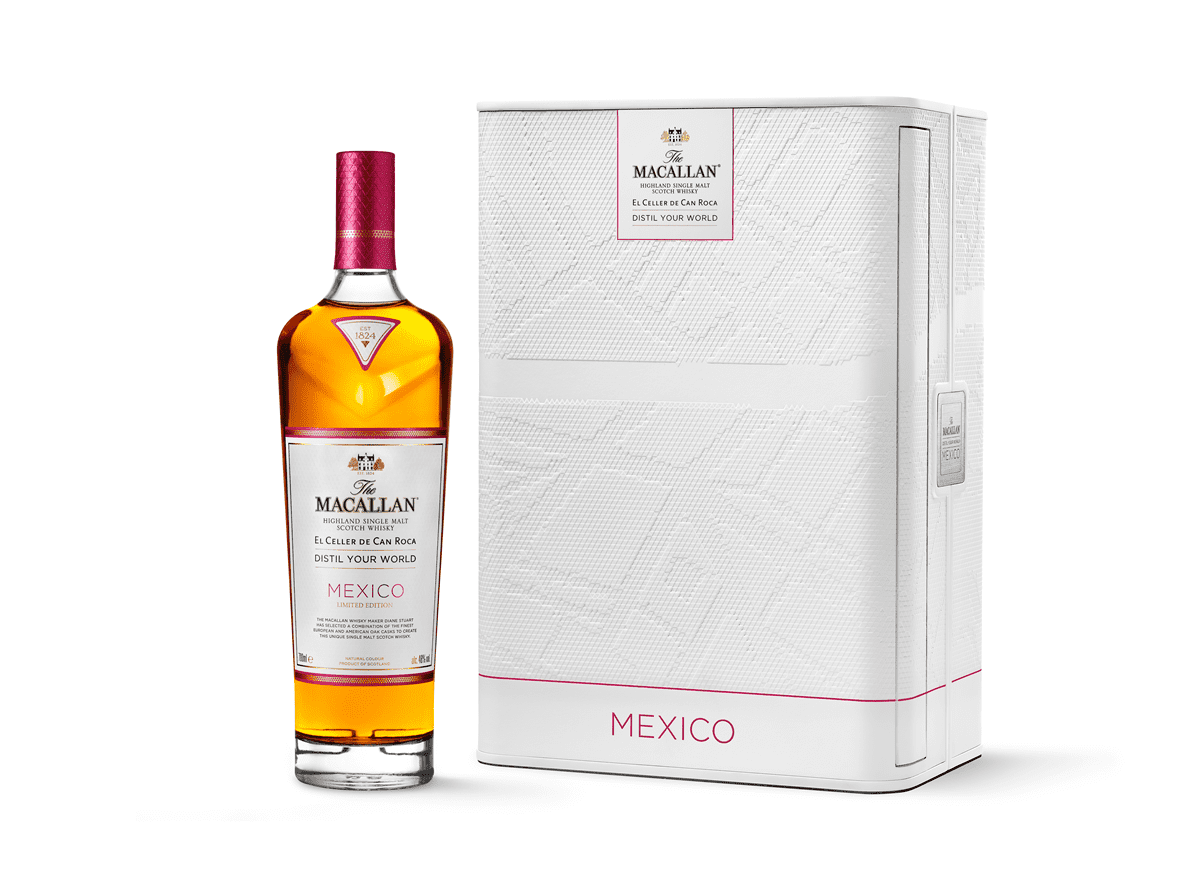Table of Contents
The region, as defined by the Scotch Whisky Association, covers all the land north of an imaginary line running between the estuaries of the rivers Clyde and Tay.
This wide geographical area of rugged mountains, moorlands and dramatic coastline dotted with fjords, cliffs and peninsulas includes the offshore islands as well. Inherently, there is a diverse spectrum of whisky produced.
Terroir and topography
The topography of the Highlands is vastly different from that of southern Scotland, being far more rugged, hilly and remote and, as such, more historically suited to the production of whisky. When excise taxes were introduced in the 17th Century for whisky distillation, producers began to make whisky illegally, and building distilleries in the inaccessible land in the Highlands made concealment from the authorities easier.
The soft, mineral-rich water filtered through the ancient bedrock and the cold, damp climate helped the situation as well, and the Highlands has since become one of the key whisky-producing regions of the country.
Subregions of the Highlands
Roughly speaking, the Highlands can be divided into four areas:
- The Northern Highlands includes the area north of Inverness, where the whiskies tend to be rich and powerful, with fruit and smoke characters and a distinctive brininess.
- The Western Highlands are closely aligned with the whisky regions of the Islands and the whiskies made here are heavily peated, with a maritime influence.
- The Southern and Eastern Highlands are closer in style to the whiskies of the Lowlands, being more delicate and fruity.
- Speyside, east of Inverness, is considered a region in its own right, although producers from this area may choose to label their whisky as either Speyside or Highlands.
Distilleries and leading producers
Popular distilleries of Highlands malts include Clynelish, Dalwhinnie, Glenmorangie, Oban and Old Pulteney. The oldest distillery is Glenturret which was established in 1775.
Typical flavors of Highland whisky
The vast size of the area makes it difficult to generalize about the style of whisky made here, which ranges from powerful, rich and full-bodied in the north and west to lighter, sherried and more delicate in the south and east. Commonly found descriptors of a Highland single malt are a spectrum of fruity and honeyed to smoky, spicy, and robust.
Distilleries found along the northern coast will have a subtle briny or salty character although not as prominent as malts from the Islands.
Alongside Islay, the Highlands is one of the biggest regions for producing peated malt whiskies with heavily peated, full-bodied selections having more of a pine forest spectrum of flavors. Historically, peat was a fuel source to dry barley at the end of the malting process, however, modernization has made this process redundant.


